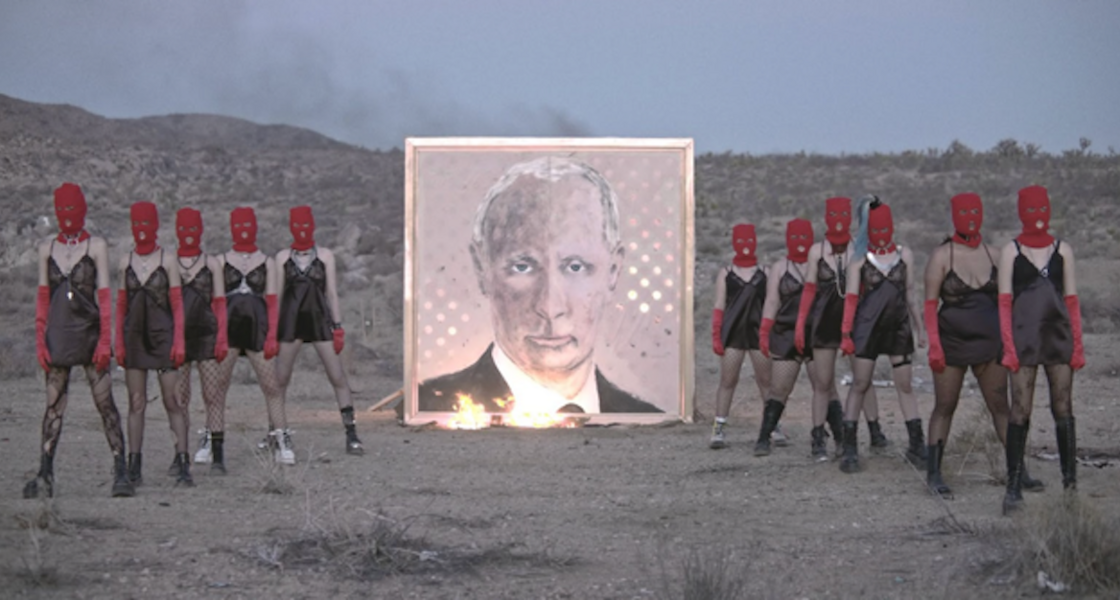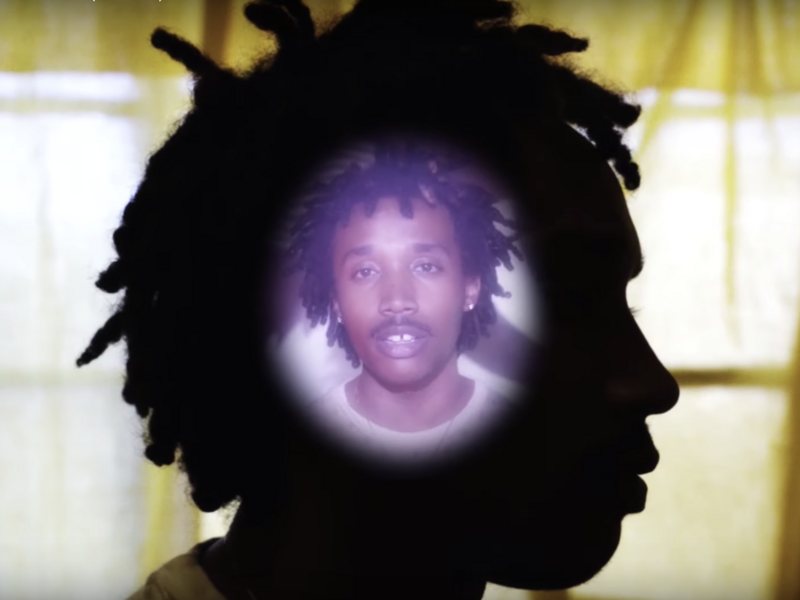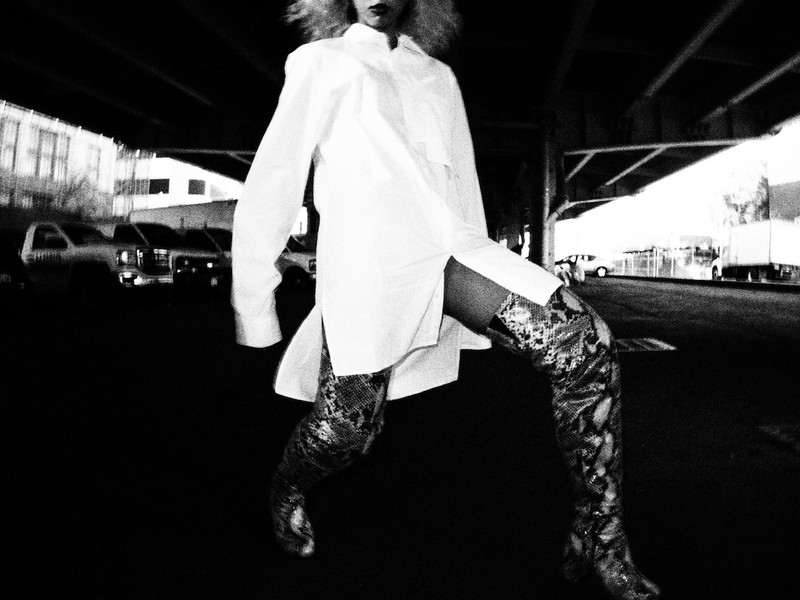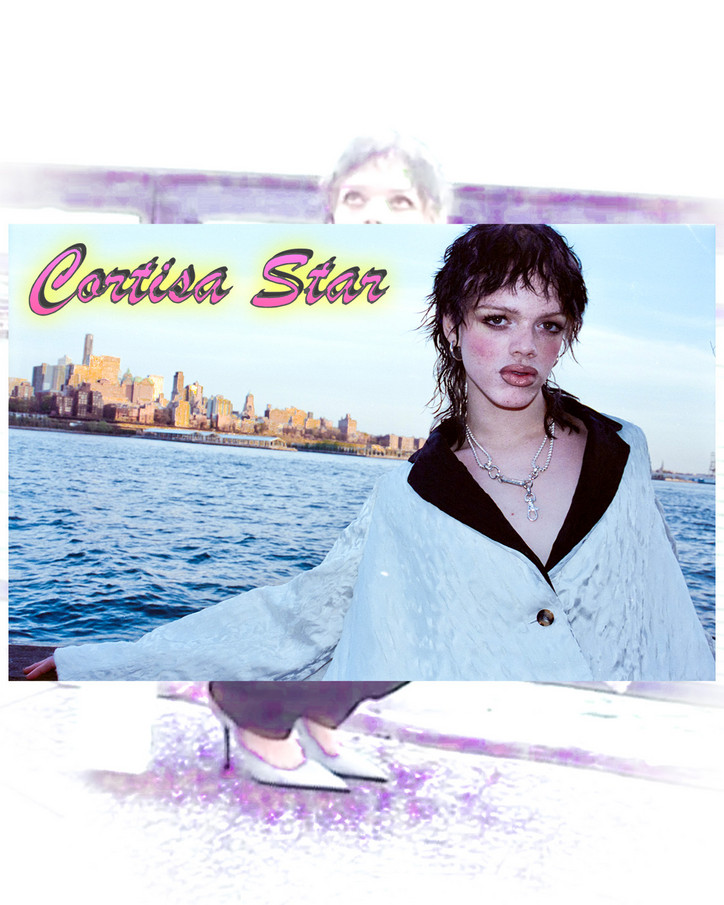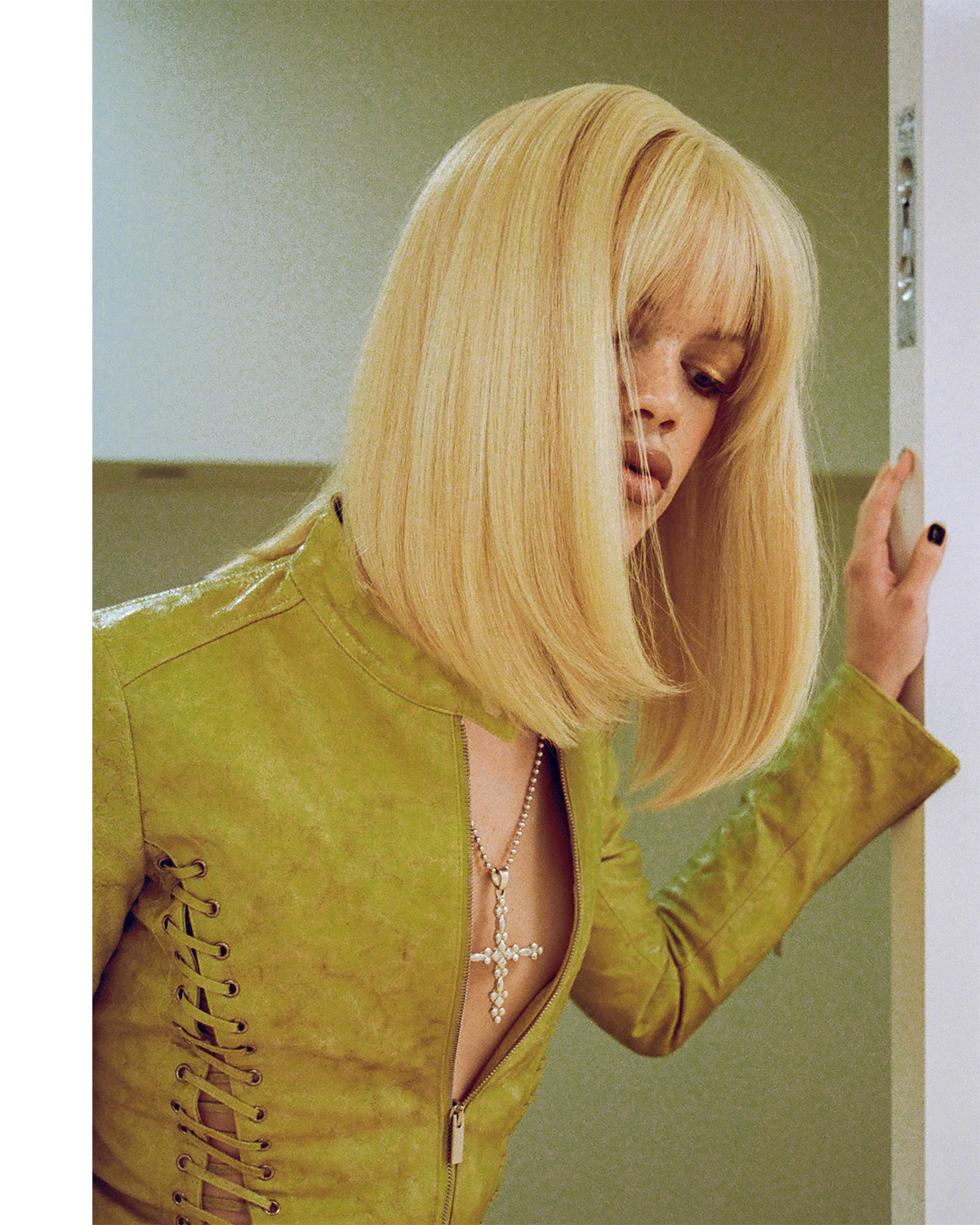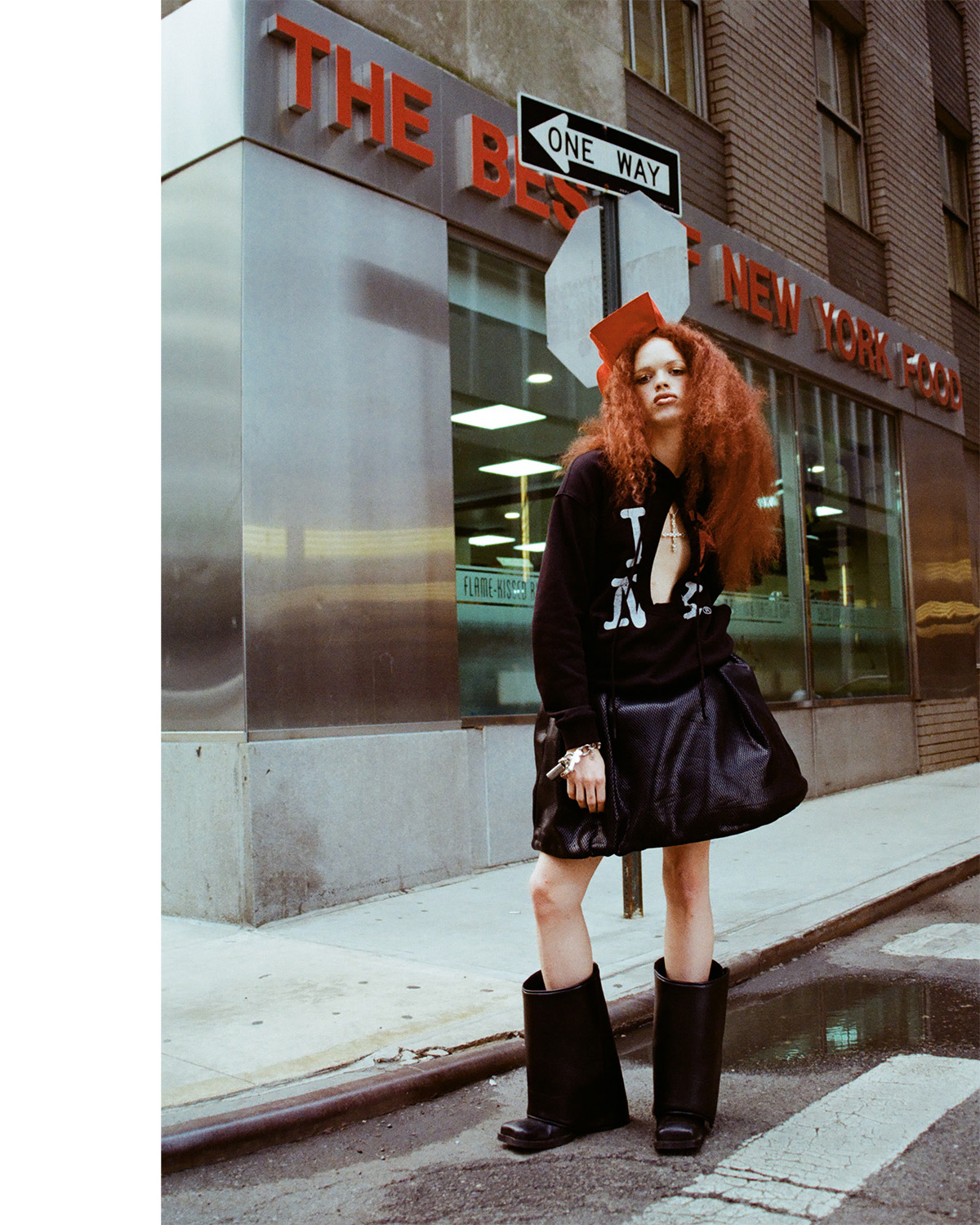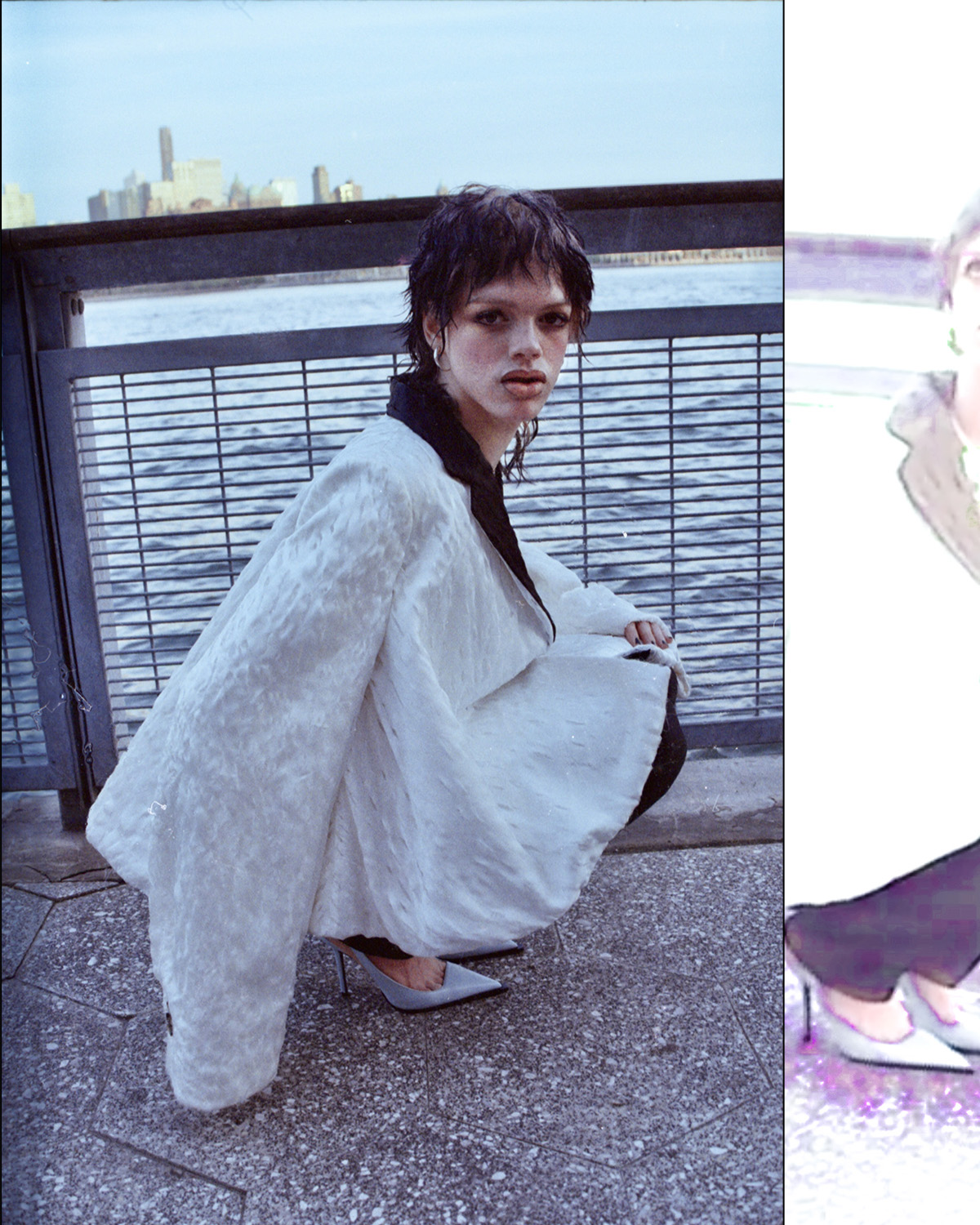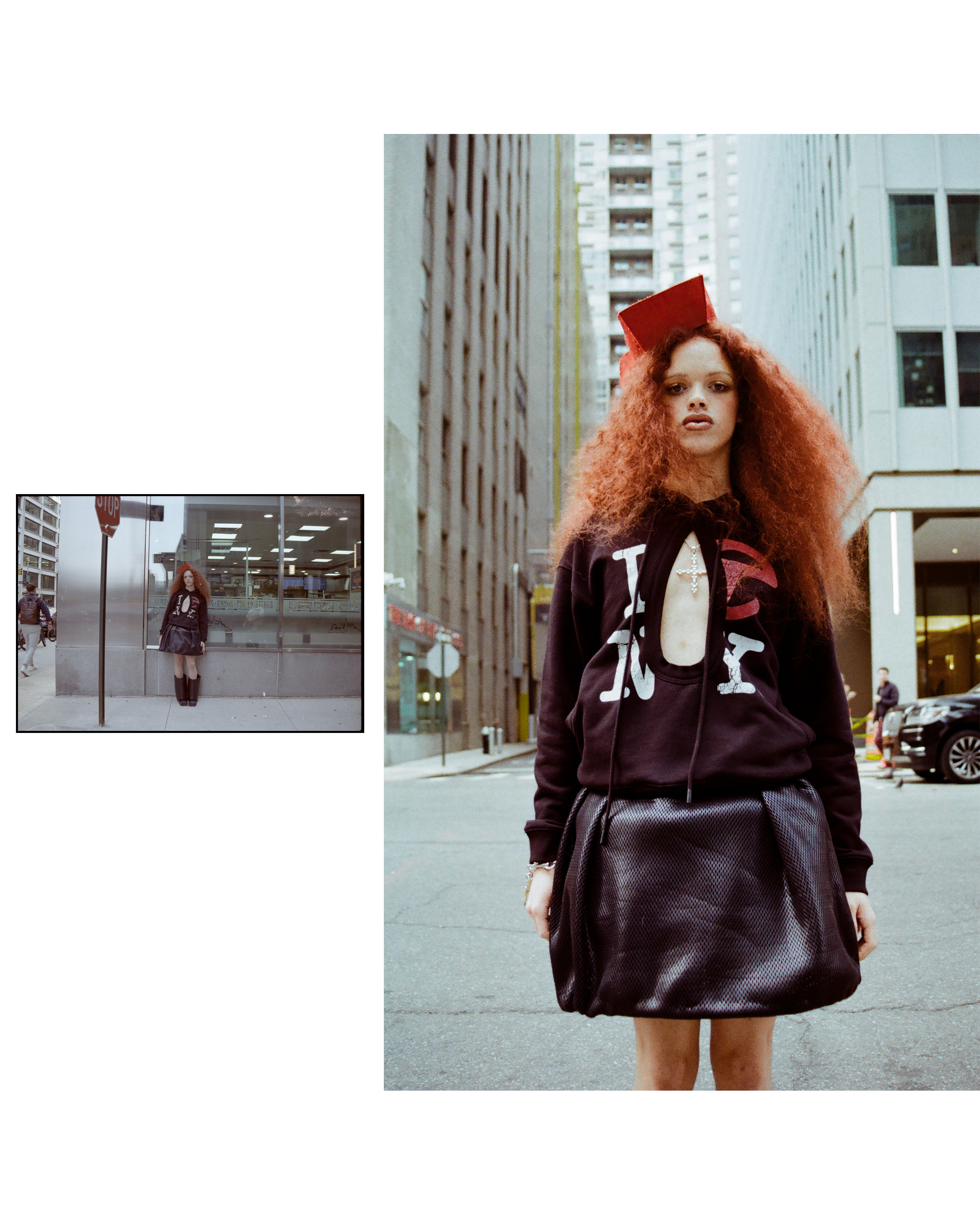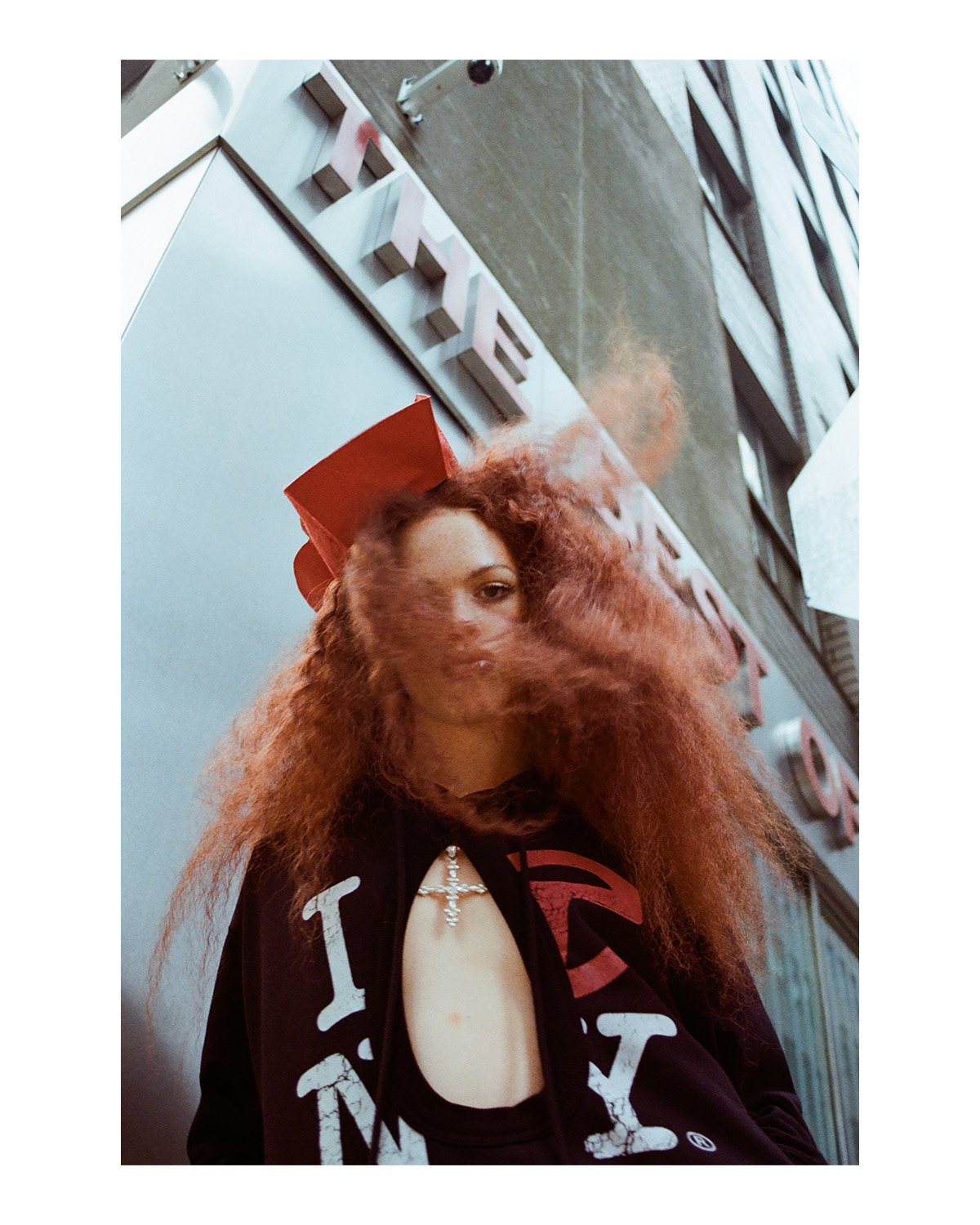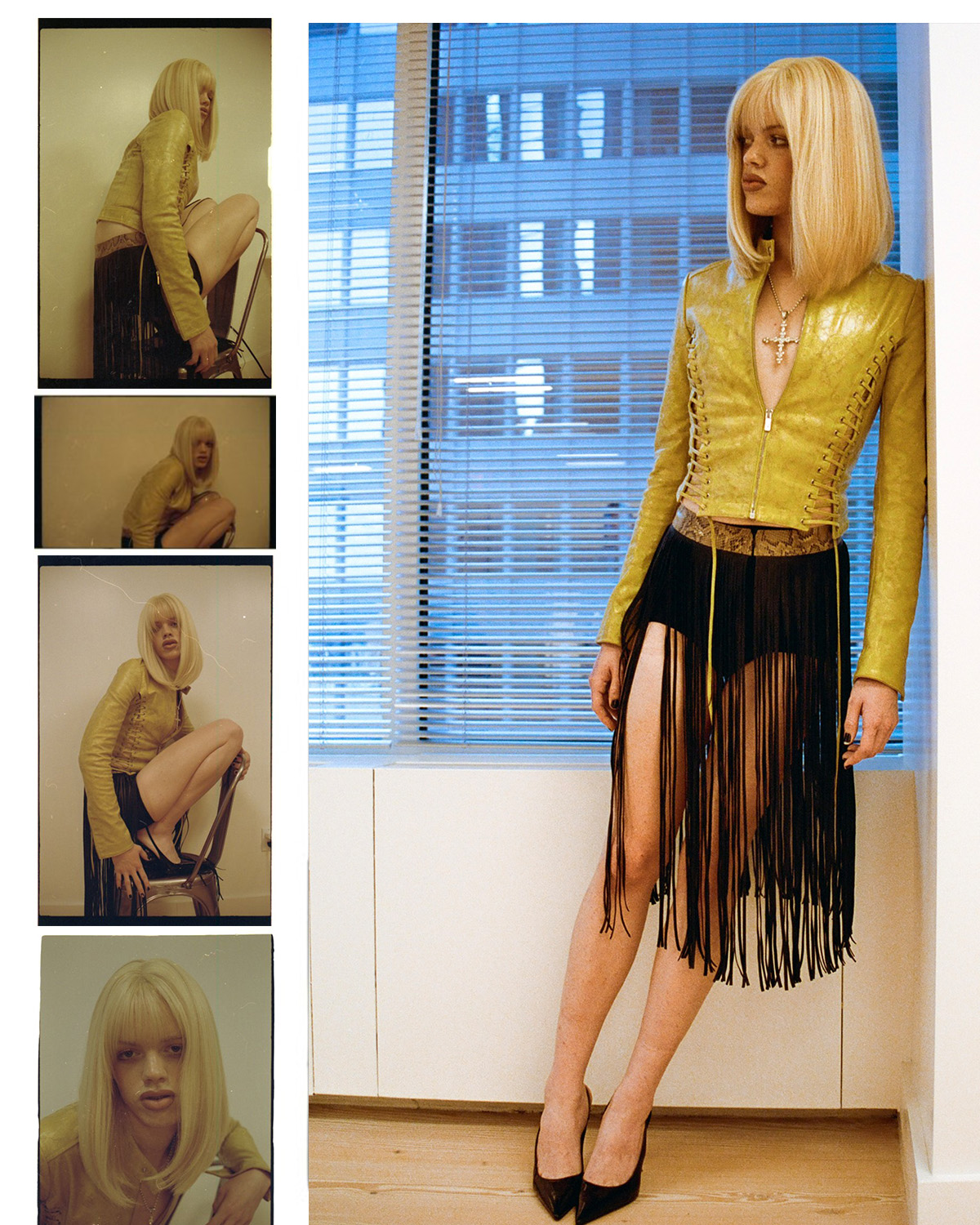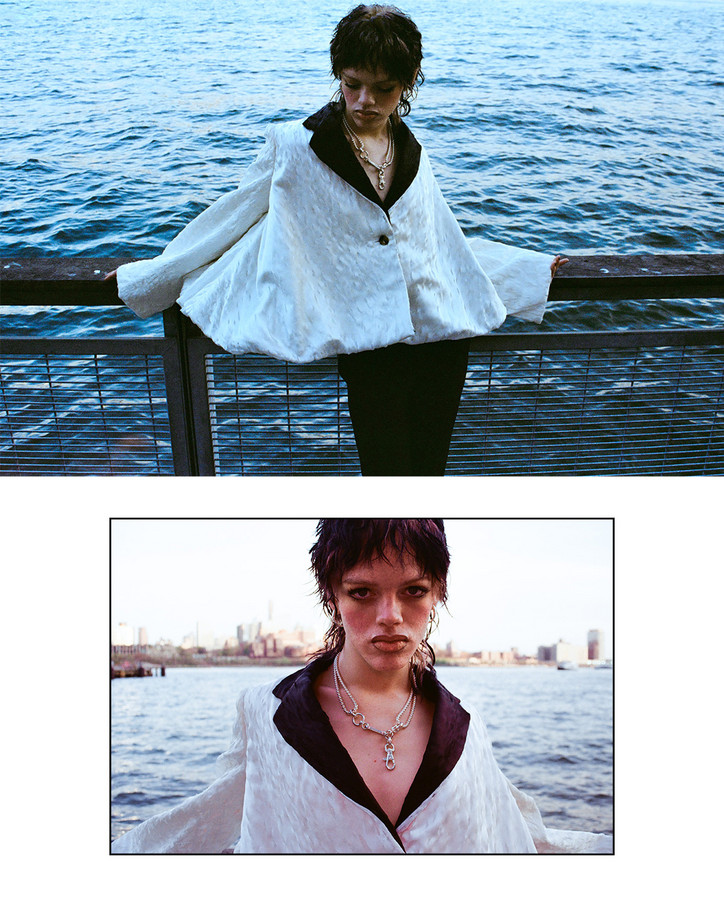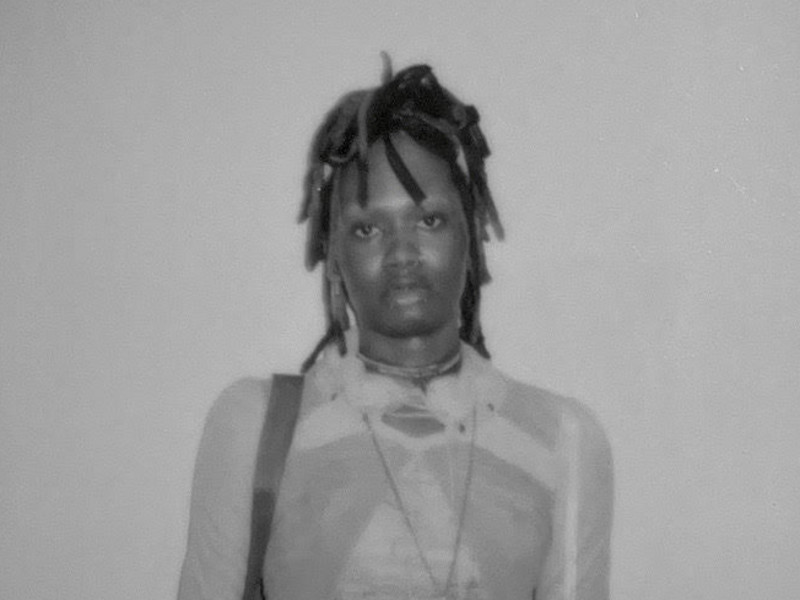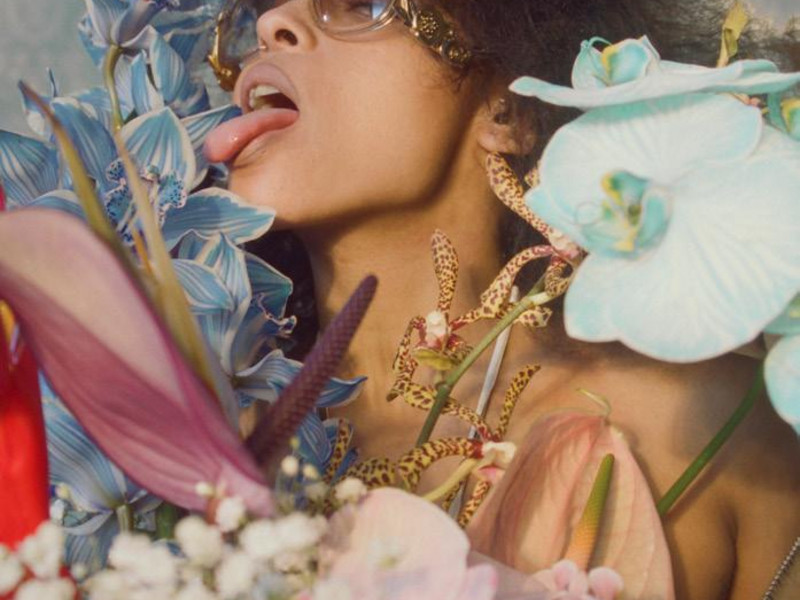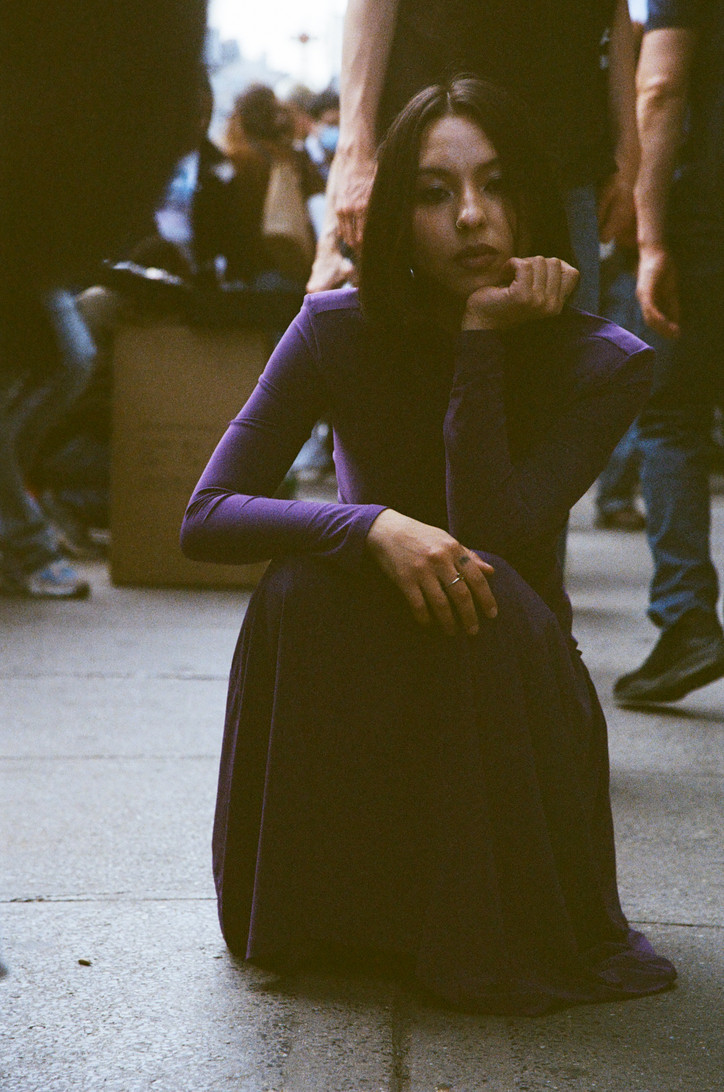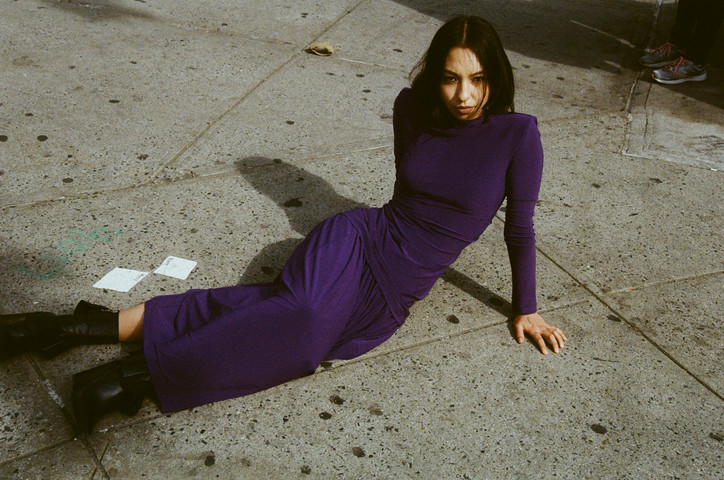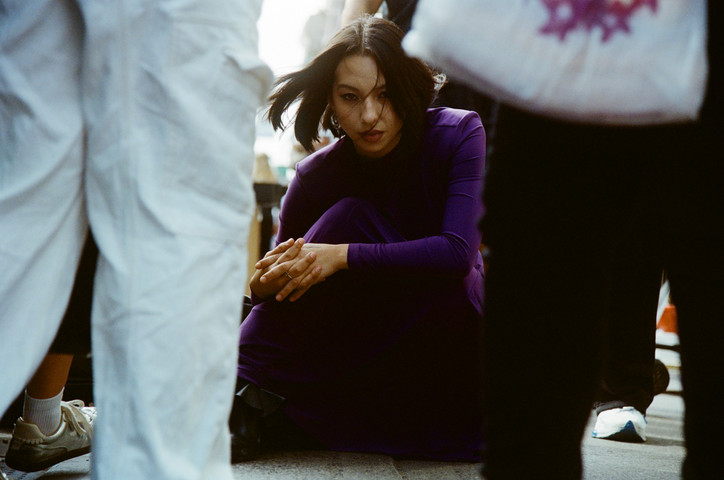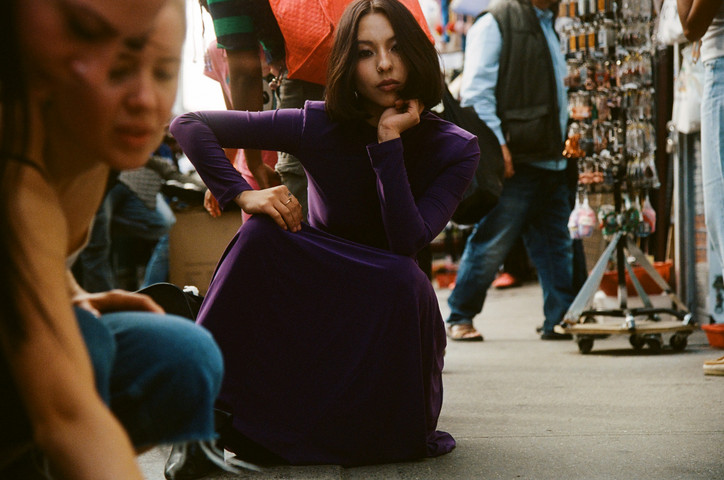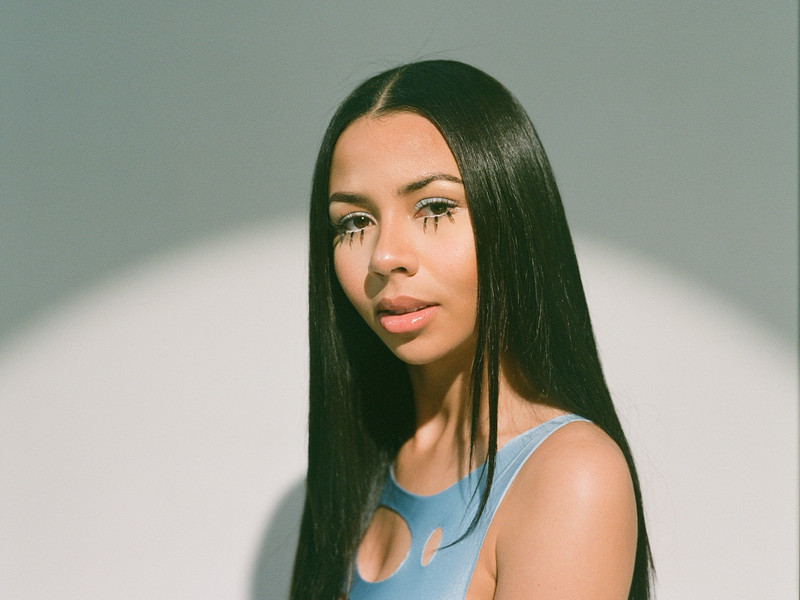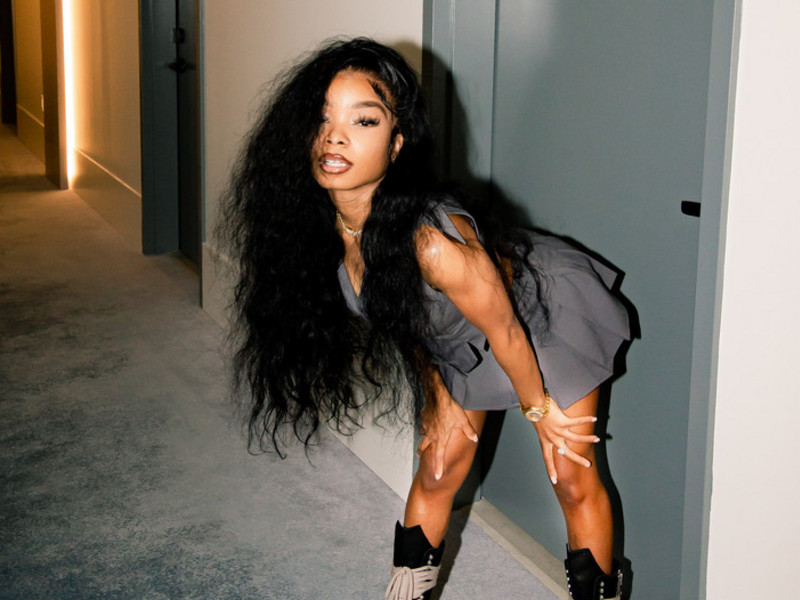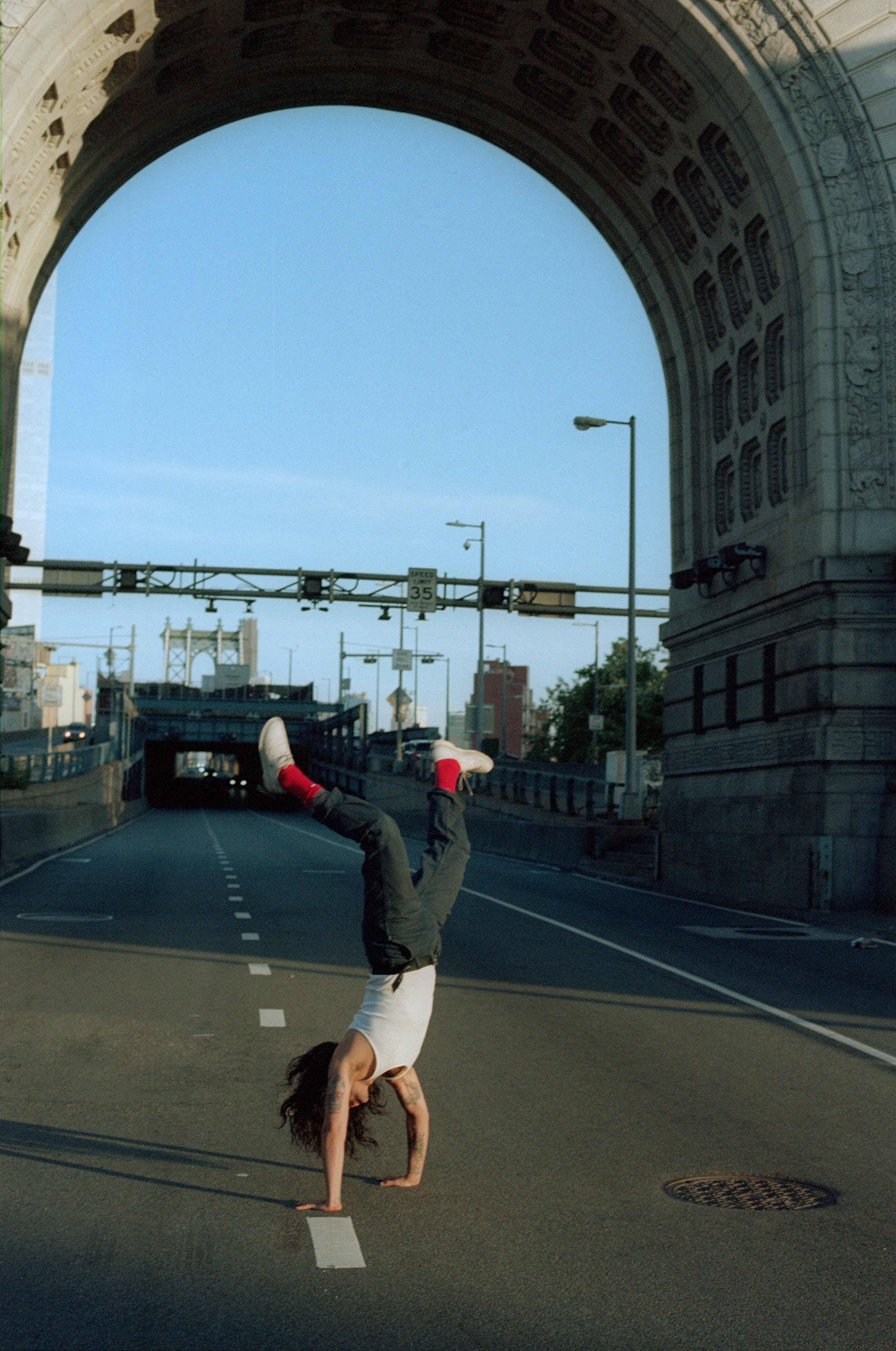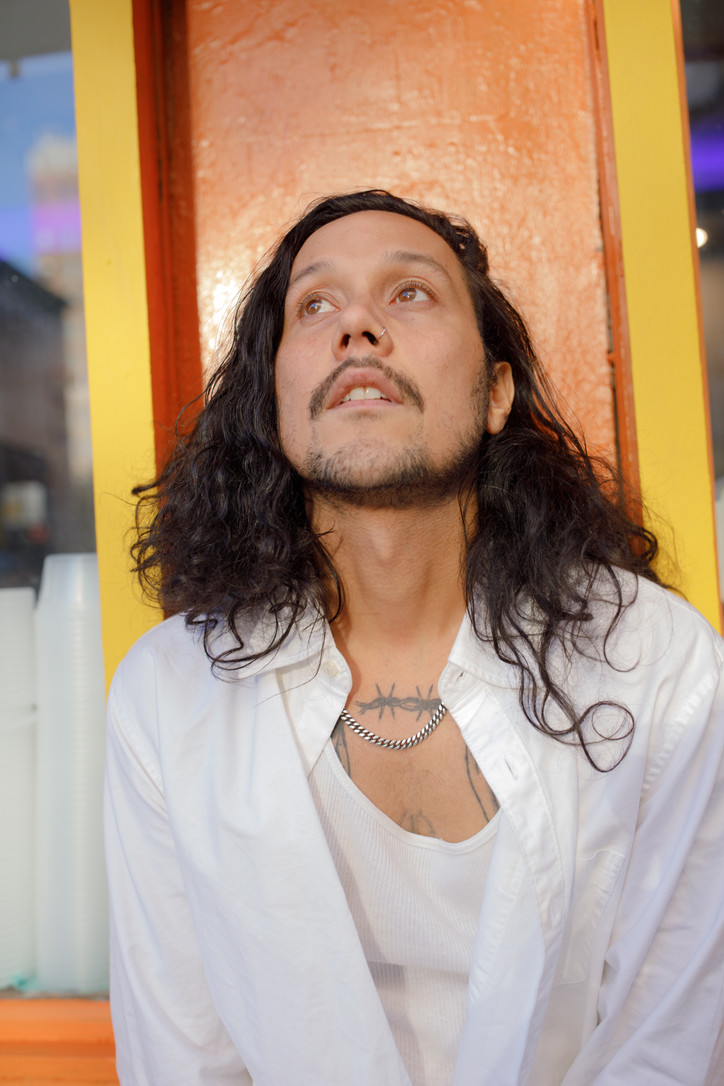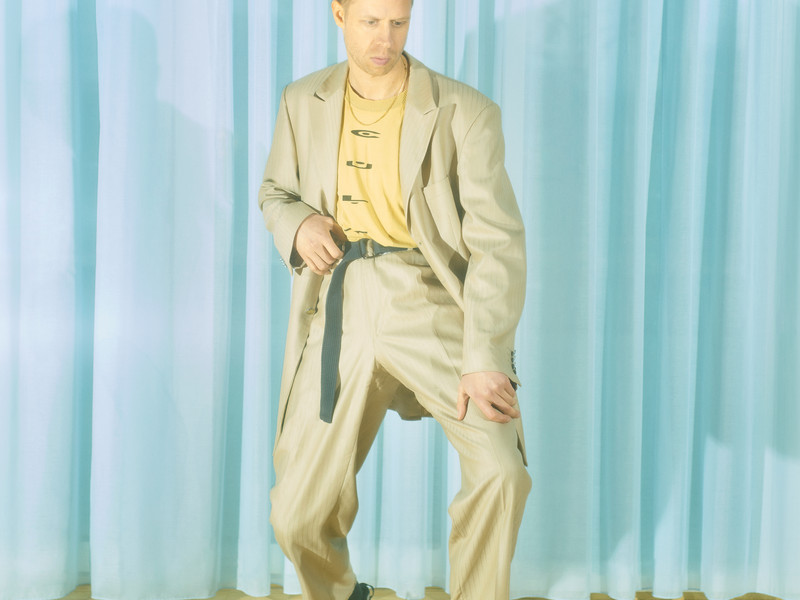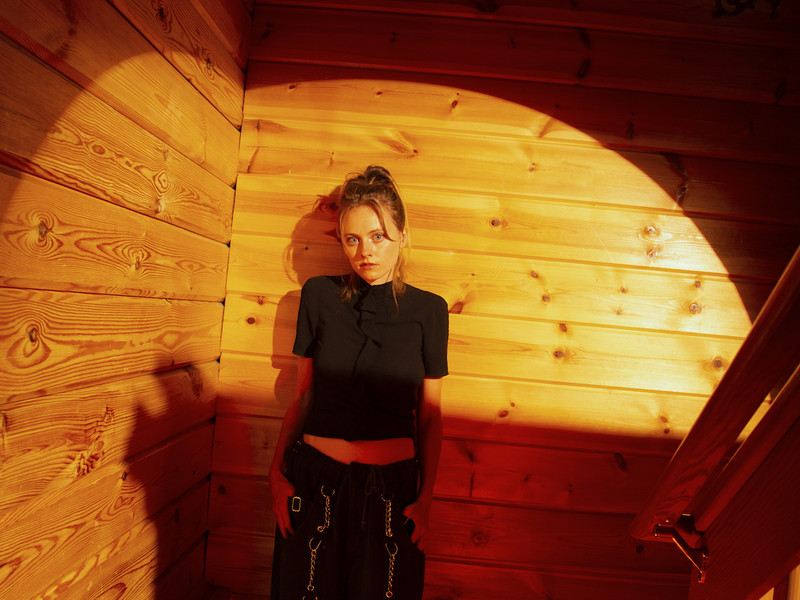Pussy Riot Turns Their Rage to Beauty
Most recently, along with the other members of Pussy Riot, she conducted a highly subversive work of performance art where a portrait of President Putin was burned and the ashes from the fire collected in small vials. Now this piece, titled Putin’s Ashes, will be incorporated into Pussy Riot’s debut fine art exhibition in Santa Fe, at the CONTAINER hybrid-museum outpost of the world-renowned Turner Carroll Gallery.
office caught up with Tolokonnikova ahead of Pussy Riot’s fine art debut this week.
Relics and rituals seem to take center stage in your artwork. Can you tell me the role that these practices and artifacts have in the message of your art?
There’s a school of thought that says that the performance artist is the new Shaman. Our roles might be very similar - we work with intentionality, manifesting, and summoning the power of a collective of people coming together and desiring something. The oldest form of song is prayer, and Pussy Riot’s most known art piece is a punk prayer: the one we performed in the cathedral of Christ the Saviour in Moscow in 2012. We asked our Goddess to help us to get rid of Putin. We knew that if he’s not out of power, terrible things will happen to our beloved country. Today, in 2023, more people than ever join Pussy Riot in our punk prayer, including the International Criminal Court in Hague.
How has this inflective spirituality influenced the performance seen in Putin’s Ashes?
I work a lot with desire, intention, dreaming and making dreams come true, utopian thinking, political imagination combined with a will and persistence to fulfill what you have imagined. I also try to understand all the forces that stop you from fulfilling your dreams and desires - fear, apathy, depression, dictatorships, physical and mental injuries, imprisonments, PTSD, lack of confidence, censorship - and especially self-censorship. As Dostoevsky put it, “Here the devil is struggling with God, and the battlefield is the human heart.” Each one of us is a sum of these vectors pulling us in opposite directions, and ultimately it’s up to you to decide to which side you will surrender. I choose to overcome my fear. I choose to remain naive and idealistic and keep fighting for what’s right. I refuse to become cynical. I believe that even one person can change the world. I believe in the power of collective action. That’s what we tried to achieve with Putin’s Ashes.
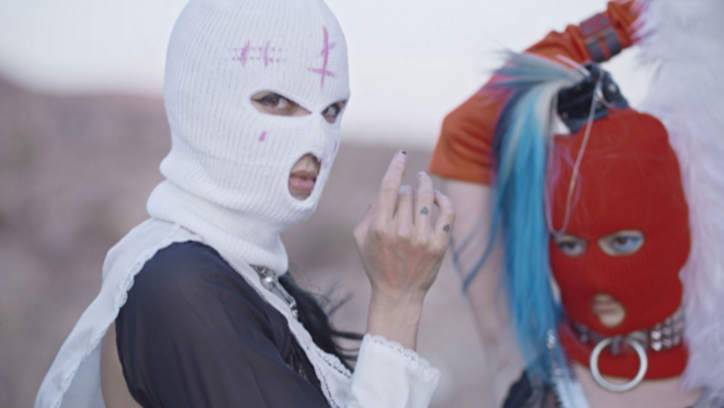
Have you encountered any other artists emerging to support your collective in your fight?
Bono, a fellow freedom fighter and fierce activist, contributed a soundscape for my new sculpture “HAUNTED!”, in “HAUNTED!” I talk about my PTSD and my will to overcome it, and Bono beautifully said that like an alchemist, I transform rage into beauty. “Turning my rage into beauty. My beauty into rage.” The incorporation of your Freedom Certificate is a poignant addition to your latest exhibition.
What does that artifact mean to you, especially in light of the view that for many in similar positions, the freedom granted by such a certificate is highly conditional if they choose to remain in their homeland?
My Freedom Certificate was given to me when I was at the lowest point in my life. I was a shell of my former self and I didn’t know how to come back alive. Creating art based on my traumatic experience helps me to overcome this pain. Of course, all freedom is conditional, and even though I was beaten repeatedly and had cruel punishments such as acid thrown in my face, after my release, I felt deeply grateful to be outside of the prison walls. As someone often billed as a protest artist, how do you feel about your increasing mainstream reception in the fine arts world? I feel honored and grateful every time I’m lucky enough to find allies who’re willing to support my difficult path as a political artist. Allies like Tonya Turner, Michael Carroll, Jeffrey Deitch, Judy Chicago, Jenny Holzer, Marina Abramovic, are priceless to me.
